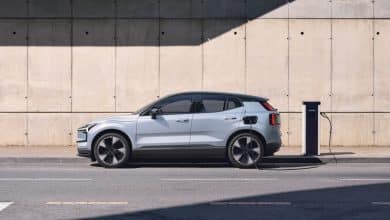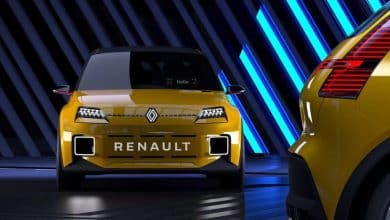Nissan’s electrification plan, including a van, unveiled

A pioneer in the democratization of all-electric vehicles with its Leaf, Nissan has so far refrained from laying the foundations for a solid plan for the electrification of its range. The Japanese manufacturer remedied the situation last week by presenting a slew of styling studies that herald the arrival of several electric models, including a pickup truck.
This plan, named Ambition 2030 and which relies on 2030 as the deadline, will be articulated through massive investments totaling the equivalent of CAN 22.5 billion. Nissan hopes to market 20 new electric and hybrid models over the next five years.
Note that the manufacturer’s Canadian portfolio currently only includes one electric model, the Leaf, and no hybrid model. The Ariya, a compact crossover, will arrive in dealerships next year to expand the all-electric offering. Arriving in a populated segment, it should logically generate a sales volume significantly higher than that of the Leaf.
That said, Nissan has established an electrification target for its American range, which should include ours by extension, significantly less ambitious than in its other markets. The automaker is barely targeting all-electric sales of 40% by 2030, while this figure rises to 75% for European countries … by 2026.
A pickup truck, crossovers and a convertible
To support its claims, the Japanese brand has unveiled five electric style studies that could undoubtedly inspire production models.

PHOTO PROVIDED BY NISSAN
Nissan presented an illustration showing a fully electric pickup truck named the Sur-Out Concept.
After abandoning the full-size pickup arena in Canada and recently renewing its Frontier midsize pickup, Nissan presented an illustration showing a fully electric pickup truck named the Sur-Out Concept.
Accompanied by a brief description of the vehicle emphasizing that it has all-wheel drive and has good off-road capabilities, it illustrates the brand’s desire to offer what appears to be a compact pickup truck without a combustion engine. This segment, which has just been reborn with the Ford Maverick and Hyundai Santa Cruz, could arguably be even more interesting if it orchestrates its electric shift.
Several crossovers were also presented, including the Chill-Out Concept which should suggest the features of the next Nissan Leaf. The latter should adopt a crossover posture to coax customers looking for a little more developed practicality. Again, no technical details were presented.

PHOTO PROVIDED BY NISSAN
The Nissan Max-Out Concept
The other exercise, named Max-Out Concept, could be the electric sports flagship with a retro-futuristic design, its two seats and its convertible roof. Nissan specifies that the very low center of gravity of the components would help with its handling, like all electric vehicles, moreover.
Solid electrolyte battery
Nissan’s electric orientation will be based on technology still in development that will greatly increase the energy storage capacity of the batteries. Like many rivals, including Toyota, which has invested billions of dollars in the thing, the manufacturer wants to make solid electrolyte batteries its basic material to ensure its competitiveness. It targets the year 2028 for the production of the first batteries of its kind.
The manufacturer Samsung estimates that this technology will make it possible to exceed the 800 km range. This is interesting.












